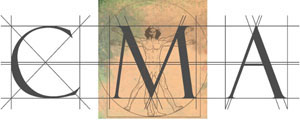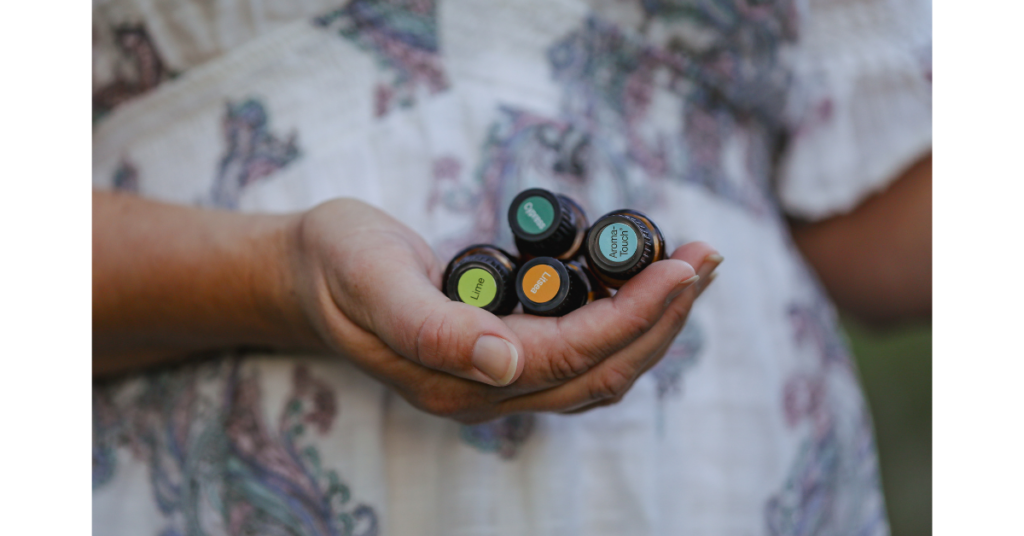What is Meta-Aromatherapy?
Meta-Aromatherapy uses essential oils in combination with bodywork and psychotherapy based on clients’ own metaphors, derived from the precise, physically-linked location.
Offering a unique combination of olfactory stimulation through the essential oils, kinaesthetic release through aromatherapy massage, in combination with gentle touch techniques, it also incorporates counselling and specialised hypnotherapy techniques.
Many cases have now been documented where significant transformation has taken place, often within relatively few sessions. Physical illness can often be a manifestation of both physical and emotional imbalances. Uniquely relevant to the person, there is nothing accidental about the metaphor’s journey that emerges carrying the hidden clues to the client’s healing, providing a safe method of transition. The client’s awareness of the detail surrounding the initial trigger of the condition may safely remain on the unconscious level. Or, once resolved, can be recounted through a factual report of events, as the emotional affect has been healed as part of the metaphor resolution.
Many tried and trusted methods use mythology, which offers traditional symbolism rather than allowing the client’s own conscious reflection and understanding to emerge through describing the experience in their own words.
Directly accessing the client’s own metaphors dramatically reduces the time required for the healing to take place. The following case history illustrates the process of this powerful yet gentle technique.
Meta-Aromatherapy Case History for Creative Change
The dialogue begins by the therapist reflecting the client’s desired result, whether it be healing of a physical condition, pain release, clearing of an emotional block, or transforming a negative state of mind. One client, a high profile executive in a creative field, was often too embarrassed to freely present her work to clients as she was concerned about their possible reactions to a sizeable ganglion on her wrist.
When the case history was taken, her main objective was to look at where she needed to focus her life. Her work, home, and relationships were generally areas in which she had experienced some dissatisfaction. First, having identified the client’s request “to be able to make changes in her life”, we needed to locate the ‘incision’ point, to reach the metaphor within. After each question the therapist waits until the client naturally concludes each exploration.
Therapist: “And when you would like to make changes in your life, whereabouts do you experience the lack of change?”
Client: “In my arms and legs.”
Therapist: “And whereabouts do you experience that most?”
Client: “In my arms.”
Therapist: “And whereabouts in your arms?”
Client: “At the top.”
Once the location has been traced, the metaphor can begin to be identified.
Therapist: “And when it’s at the top, what is it like when it’s at the top?”
Client: “It’s as if it’s stuck.”
Therapist: “Stuck like what?”
Client: “A horse that’s tied up.”
We now have our metaphor – a horse that is tied up. The metaphor acts as a tool with qualities that can be recognised and usefully employed. To discover these qualities, we ask a series of questions.
Therapist: “What kind of a horse is that horse that is tied up?”
Client: “A black horse.”
Therapist: “And is there anything else about a black horse?”
Client: “It’s strong, but it’s confused and frustrated because it has been tied up on a very short rope. Each time it tries to move, it can’t get far.”
Inertia or ‘stuck’ scenarios are typical of blocks that people have been trying to release on their own for a long time, but with little or no success. It is important to acknowledge the ‘stuckness’, and on occasions even stay with it, for a session or two, to gather understanding, before beginning the healing journey.
Therapist: “So when a black horse can’t get far, what happens next?”
Client: “It stays put.”
Therapist: “And when it stays put, what happens after this?”
Client: “It pulls on the rope, and the rope gets tighter.”
It is important to let the metaphor continue. Instinctively we might wish to find a way of loosening the rope however, only through letting the metaphor continue can the unconscious reveal a solution, to transform the situation.
Therapist: “And as the rope gets tighter, what happens next?”
Client: “The horse pulls back and the rope rubs against the gate.”
Therapist: “And then?”
Client: “Every so often the horse pulls and the gate rubs.”
Therapist: “And then what happens?”
Client: “Eventually the rope wears thin and breaks.”
Therapist: “And as the rope breaks, what happens next?”
Client: “The horse breaks free.”
Here the metaphors have been moved on, past the trauma point where the horse is stuck, to a point of freedom. This may be a point that has not been experienced by the client before, or not for a great deal of time, so some adjustment may be necessary.
Therapist: “And does the horse like to be free?”
Client: “Yes, but he’s nervous that the farmer will come out and tie him up again.”
Therapist: “And when he’s nervous, what happens next?”
Client: “He begins to move off uncertainly. He likes the feeling of freedom and he extends his legs, then surges forward into a gallop.”
Therapist: “And as he gallops, does he like to gallop?”
Client: “Yes, he gallops across to the other side of the field and jumps the hedge. He keeps going over grassy fields, along rocky pathways, up hills and down into valleys.”
Therapist: “And when he goes through all of those what happens then?”
Client: “Eventually he comes to a field with a grey horse.”
Therapist: “And does he like a field with a grey horse?”
Client: “Yes.”
Therapist: “And when he likes that, then what happens?”
Client: “He stays in the field and a kind farmer takes care of both of the horses.”
Therapist: “And when a kind farmer takes care of both of the horses, is there anything else that needs to happen?”
Client: “The black horse needs to enjoy his freedom occasionally and although the grey horse doesn’t like him to go away, it’s okay because the black horse always returns.”
Therapist: “And does the kind farmer like that?”
Client: “Yes.”
A Different Kind of Intelligence
All the metaphors are ‘checked out’ so see if they still hold any emotional affect. Although the therapist, or indeed the client, may not consciously realise the full implication of these metaphors, they typically relate to relationships with family, friends, or other influential figures in the person’s life, as well as environmental and personal changes which have now become imperative to the client.
Within this approach a different kind of intelligence is accessed, which can cut through tradition, possibly even accessing a deeper universal intelligence. At the end of this session the client said that the persistent cold she had been experiencing felt eased. Later that evening, an excited phone call was received to say that the ganglion had disappeared, within an hour of completing the treatment. The ganglion did not return, and the client continued to feel relaxed, and more in control of her life. A change in thought patterns can influence the cellular level of a person’s physiology. As the cellular level of experience transforms, the body responds accordingly.
This profound phenomena can access a rather different pattern of cause and effect, where thought patterns influence health and disease, and so can go some way to explain changes that occur within a relatively short space of time, such as the ganglion in this case study.
Meta-Aromatherapy Practitioner’s Perspective
When choosing the oils for a Meta-Aromatherapy treatment, it is helpful to consider the psychological state of the client, rather than focus on the physical symptoms alone, unless this is imperative because of the client’s condition.
Once the essential oils are chosen and the aromatherapy massage begun, the client begins to enter a state of relaxation that is conducive to exploring their inner world.
The therapist needs sufficient training and practice to be able to use the process fluently, to have the ability to step outside of their own world and be present with the client to follow the client’s journey.
These skills include the ability to identify the key words that form or lead to the metaphors, and once the skills are in place, to trust the process and unfolding of the outcome, as it is the client’s own unconscious which leads the way, providing a very safe organic and natural progression.
In fact, so natural is this progression that clients often forget the original symptoms that they brought to the first consultation. Thus if they reach a plateau, where exploration and understanding, rather than change or development are needed, the consultation notes can be referred to so that the client can appreciate just how much change has taken place.
It is important to take meticulous notes, retaining the key metaphors from each session, so that the overall ‘picture’ can begin to be mapped out and when complete, checked for resolution of all the metaphors.
Once resolved the metaphors no longer reside in the body but go to their rightful place rather like a genie disappearing back into the lamp where it belongs, once the ‘wish’ is fulfilled.

